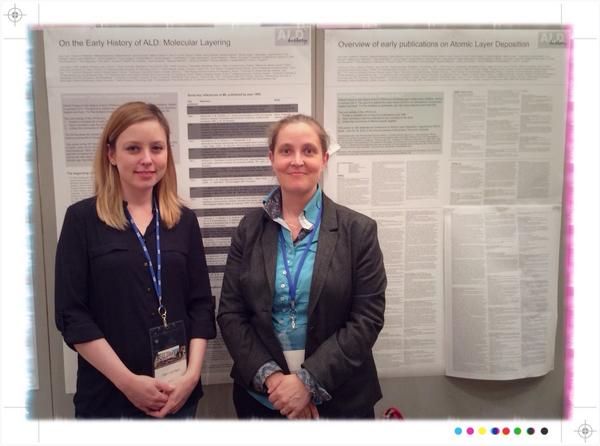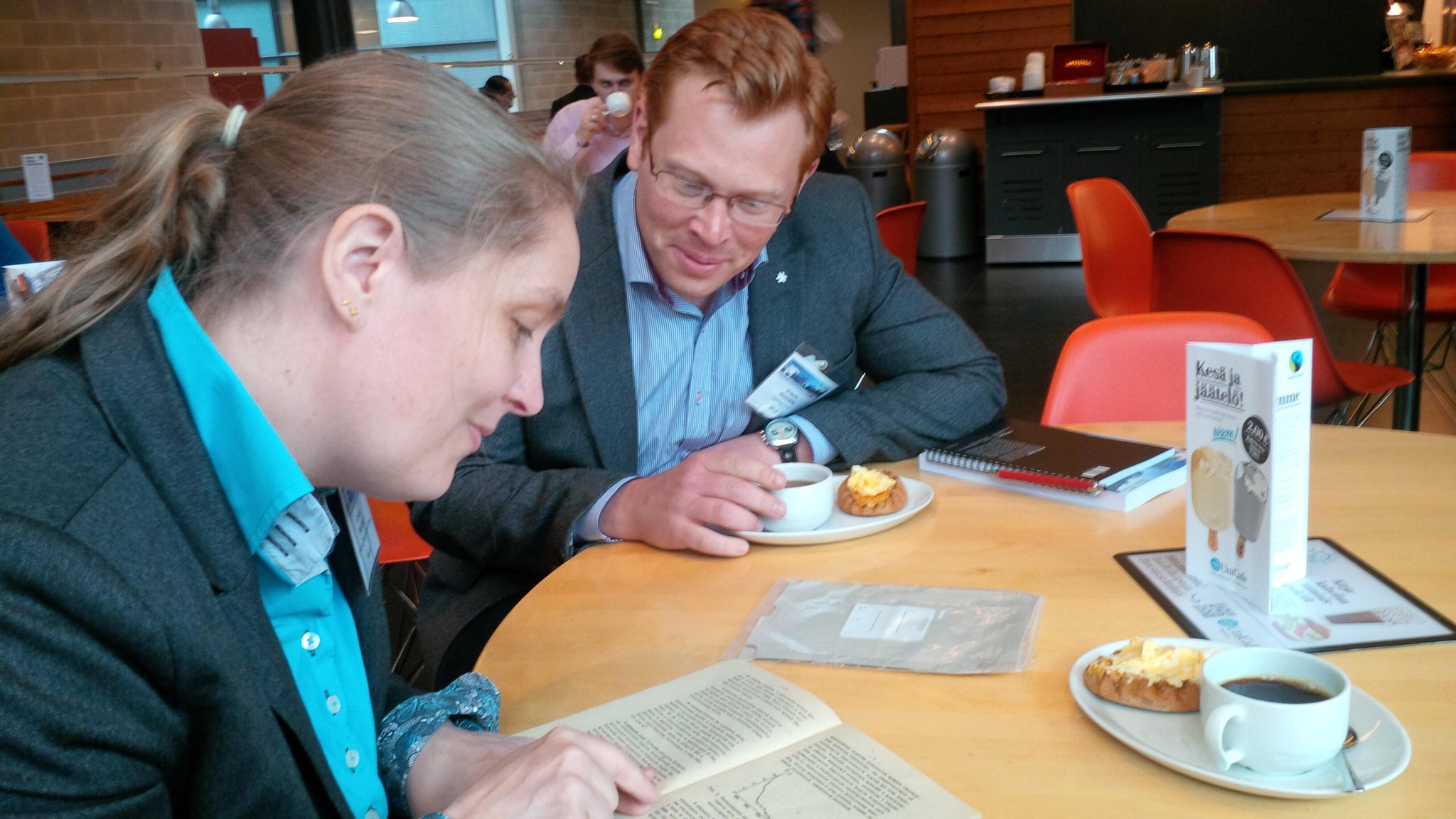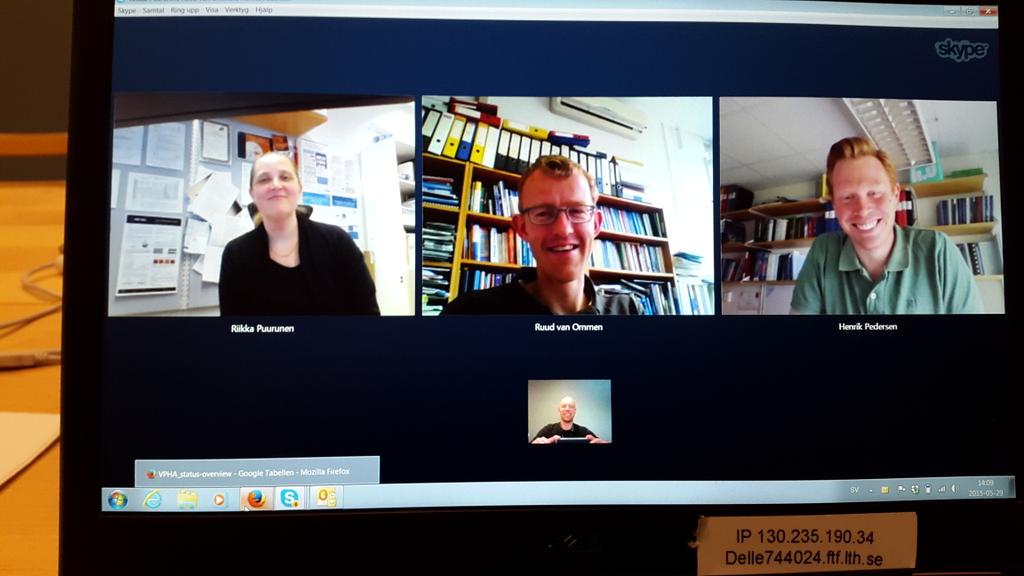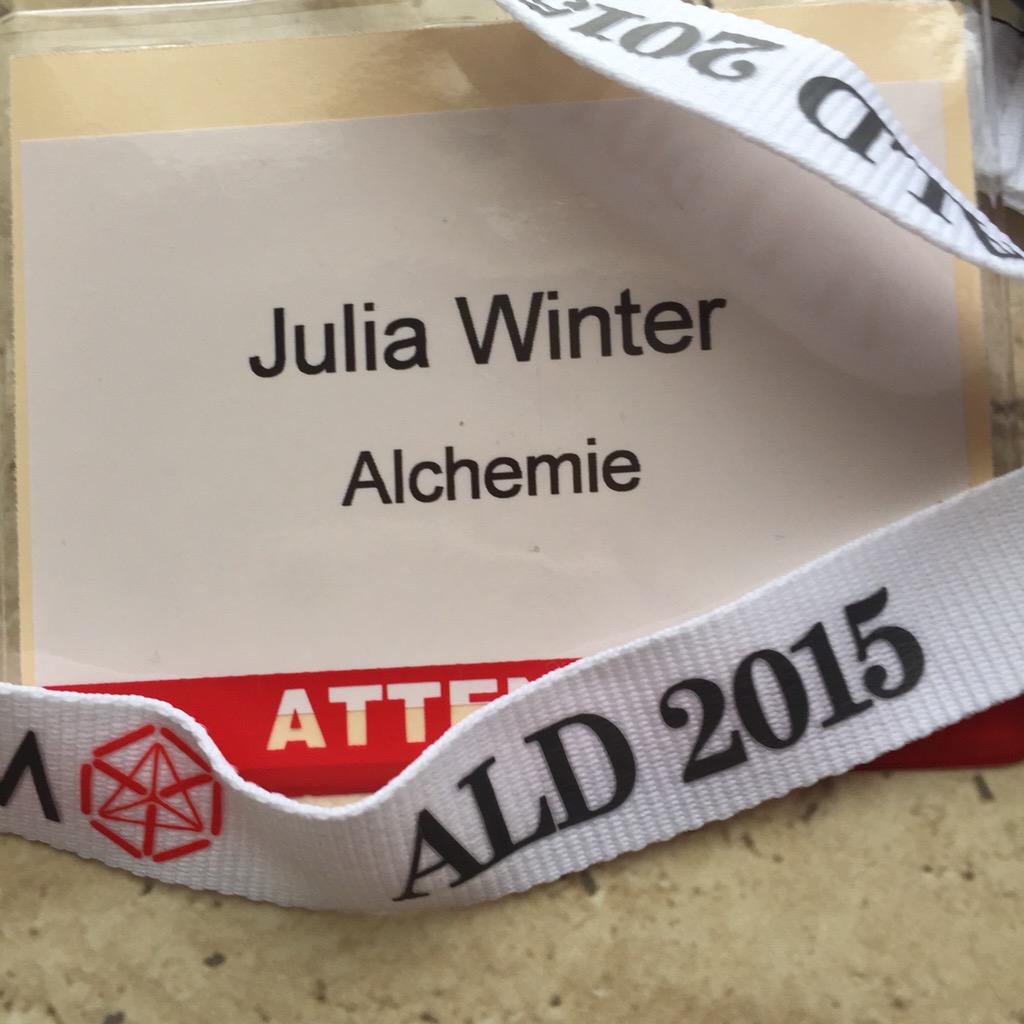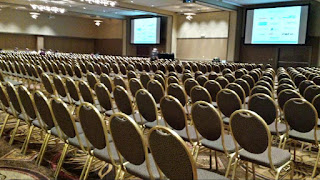University of Wisconsin Madison demonstrate microwave flexible TFTs built on a cellulose nanofibrillated fiber (CNF) substrate by employing transferrable single crystalline Si nanomembranes (Si NMs)
(a) Illustration of the degradable (b) Microscopic image of a finished device on the CNF substrate. (c) An optical image showing the transparency and flexibility of the CNF substrate. (d) An optical image and (e) an enlarged optical image showing the biodegradability of the array of devices built on the CNF substrate: (left) as-made and (right) after 3 weeks degradation.
Microwave flexible transistors on cellulose nanofibrillated fiber substrates
Jung-Hun Seo, Tzu-Hsuan Chang, Jaeseong Lee, Ronald Sabo, Weidong Zhou, Zhiyong Cai, Shaoqin Gong and Zhenqiang Ma
In this paper, we demonstrate microwave flexible thin-film transistors (TFTs) on biodegradablesubstrates towards potential green portable devices. The combination of cellulose nanofibrillated fiber (CNF) substrate, which is a biobased and biodegradable platform, with transferrable single crystalline Si nanomembrane (Si NM), enables the realization of truly biodegradable, flexible, and high performance devices. Double-gate flexible Si NM TFTs built on a CNF substrate have shown an electron mobility of 160 cm2/V·s and f T and f max of 4.9 GHz and 10.6 GHz, respectively. This demonstration proves the microwave frequency capability and, considering today's wide spread use of wireless devices, thus indicates the much wider utility of CNF substrates than that has been demonstrated before. The demonstration may also pave the way toward portable green devices that would generate less persistent waste and save more valuable resources.



%20(1).png)


